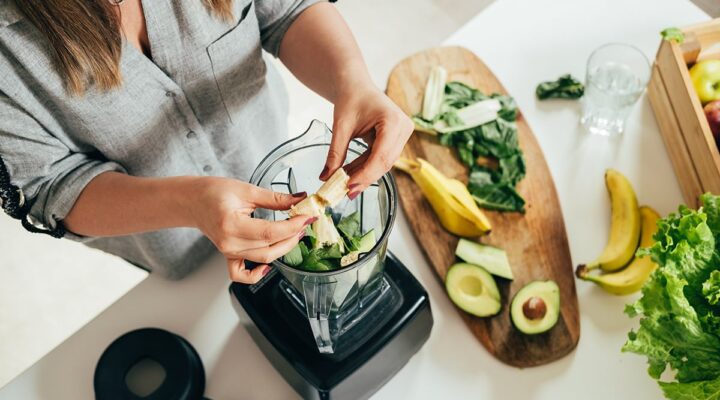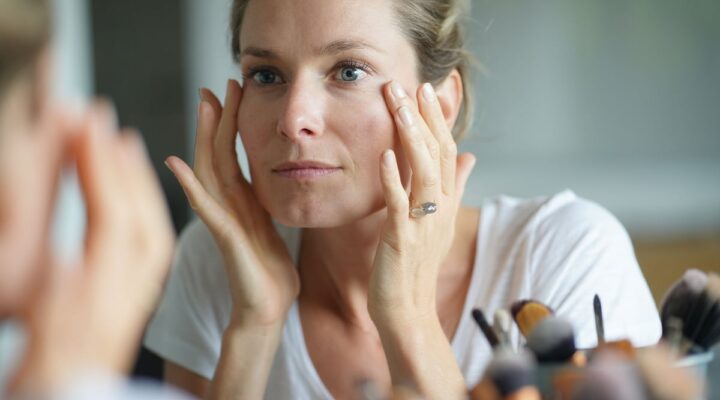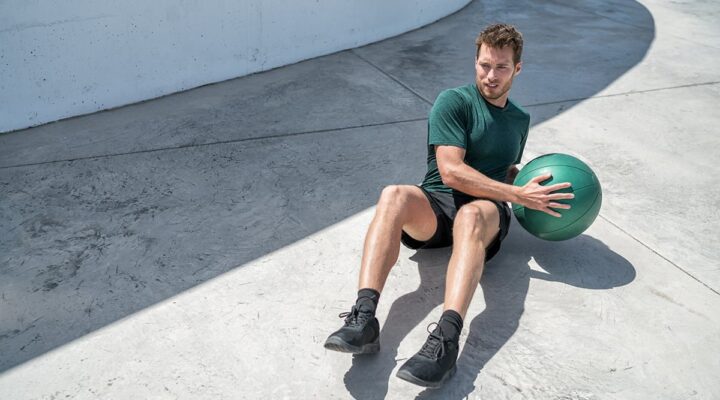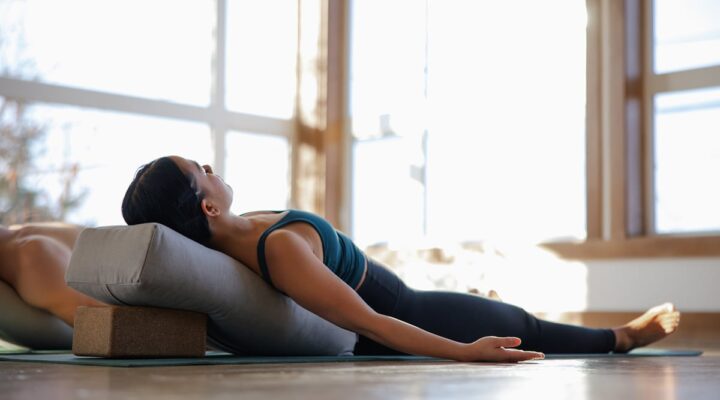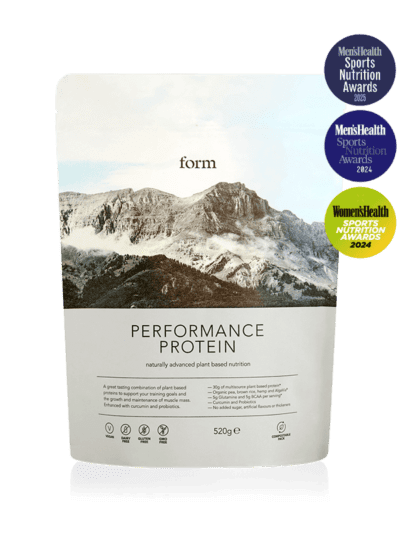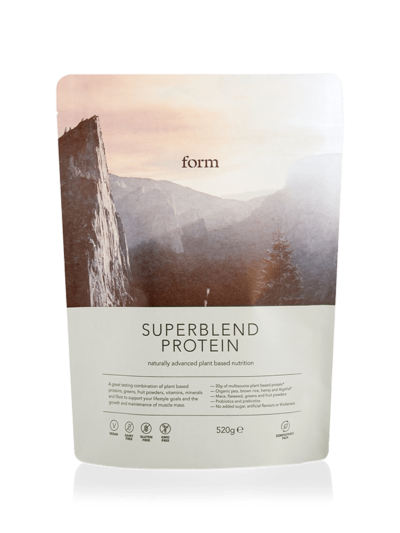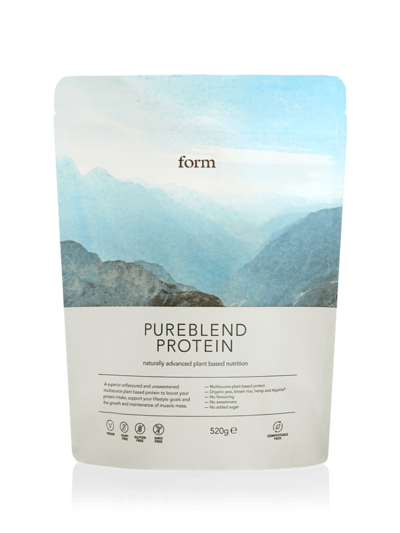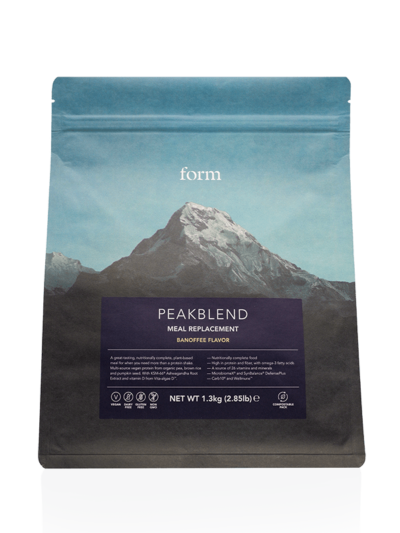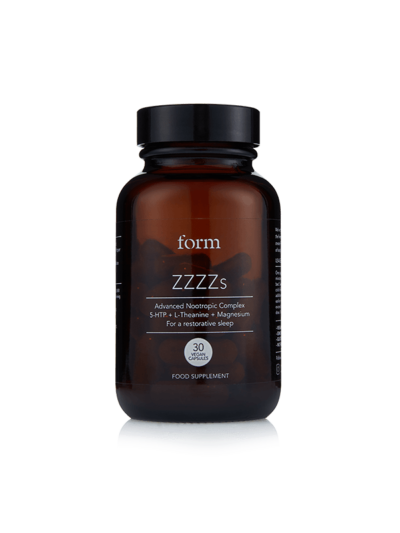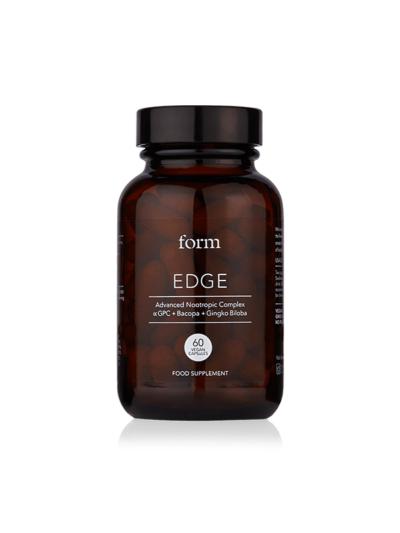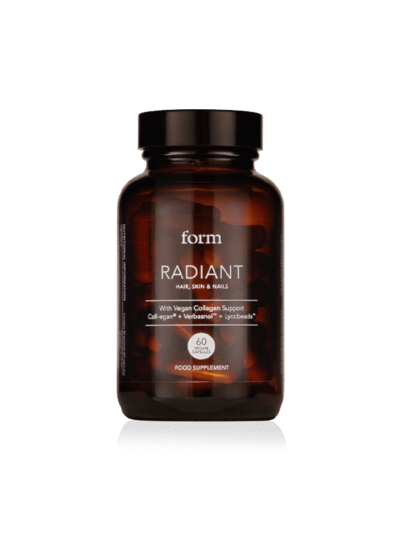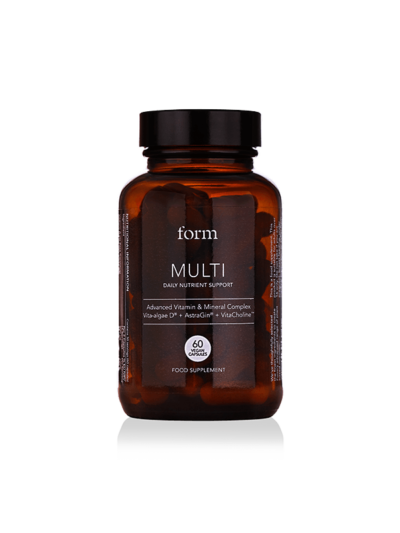Come Feel the Freeze With This Beginner’s Guide to Cryotherapy
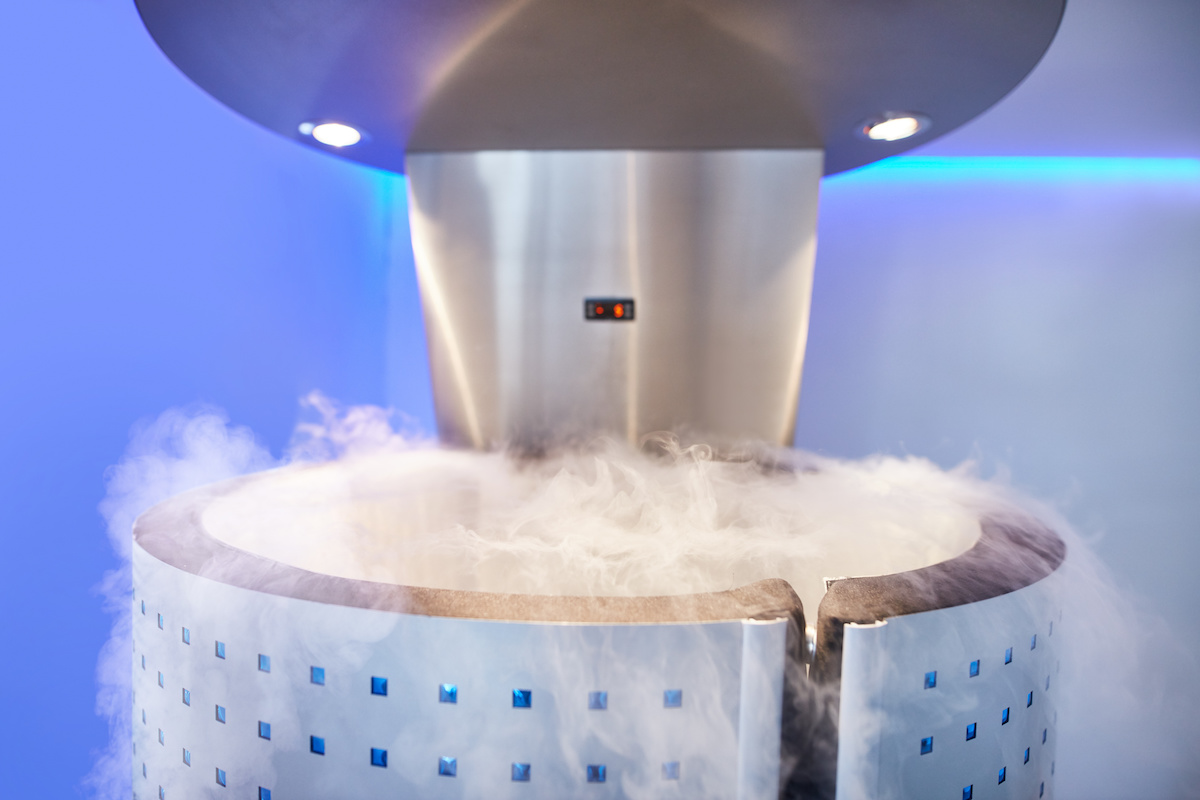
From the Wim Hof method to post-match ice baths, cold therapy has been a major player in the health and wellness game for years. More commonly known as cryotherapy, the term can encompass a range of therapeutic treatments, including the aforementioned icy plunges or simply pushing an ice pack onto an aching muscle. This broadness can make a confusing starting point for beginners, but when it comes to muscle recovery it’s hard to argue with the results — whichever way you take your cool blast.
“While Cryotherapy is widely used across the U.S. and Australia already, the U.K. is still catching up,” says Maria Ensebella, founder of treatment centre LondonCryo and one of the leading practitioners of cryotherapy here in London. If you’re looking to add the treatment to your wellness regime, or yet to be convinced, then we’ve put this guide together with Ensebella’s help, including the difference between the two main types of cryotherapy, the benefits of each, and some handy tips for your first visit.
The Two Types Of Cryotherapy
Whole Body Cryotherapy
Whole body cryotherapy is what the general public more commonly associate with the practice, largely down to the domineering, Tardis-like chambers you’ll likely have seen popping up on Insta, wellness blogger’s head huffing and bobbing above.
It was first used in Japan — where another wellness staple, the infrared sauna, also originated — by Dr. Toshiro Yamauchi in the late 1970s to treat pain and rheumatoid arthritis. It’s since gone on to be used for a range of other ailments though, especially in sports performance.
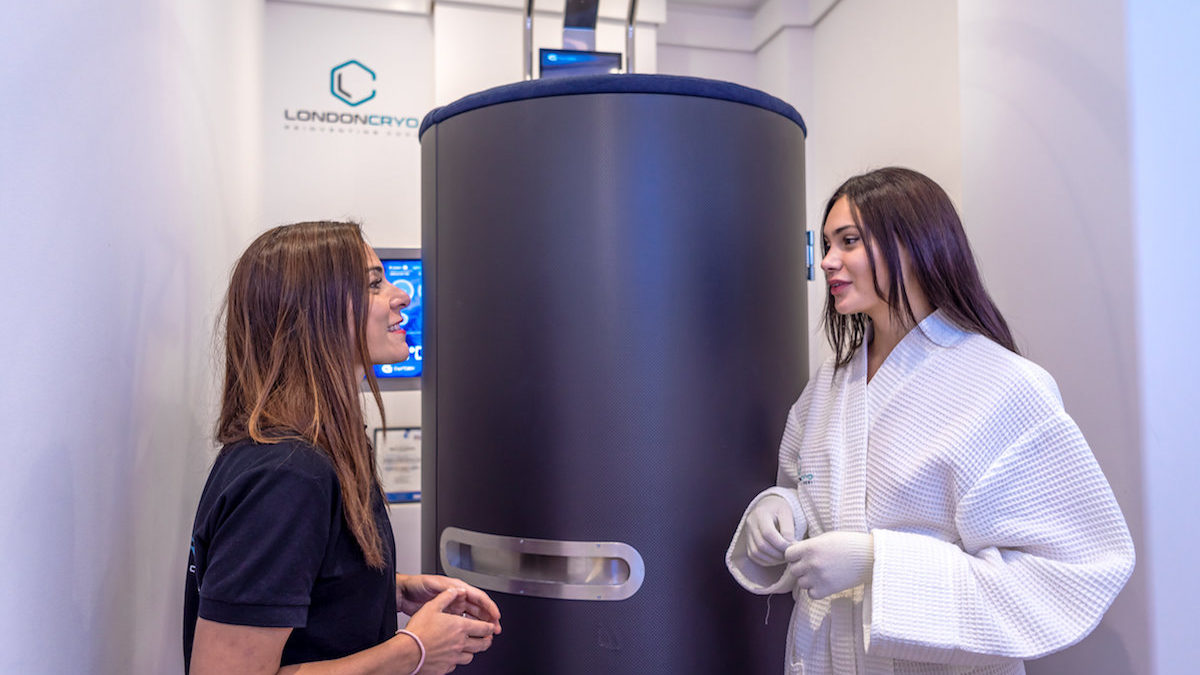
How Does It Work Then?
“Inside a LondonCryo Cabin, you’ll be exposed to temperatures of -130 °C,” explains Ensebella. To put that in some perspective, the coldest temperature recorded in Antarctica was -89.6°C, so even a polar bear would find this a bit chilly.
“The extreme cold forces the blood to rush to the internal organs allowing them to be replenished with nutrients. After three very cold minutes, the body will be flowing with oxygen-rich blood, rejuvenating the skin, increasing energy levels, improving sleep quality, and relieving overall stress.
“Cryotherapy treatment can also support weight control by reducing liquid retention, assist in muscle recovery, encourage the release of endorphins, reduce lactic acid to provide better resistance to fatigue, and is also proven to help with pain management.”
Well worth those three minutes then, especially if you’re regularly working out and looking to recover fast for improved results. But how often do you need to go? “Just one session can bring benefits,” says Ensebella, “but they are best accessed by regular sessions. For some, it may be as many as two to five times per week.”
Localised Cryotherapy
The other type of cryotherapy might be less well-known in wellness circles but is certainly more established in the medical world thanks to its long-term use in treating cancer. In this context, it is called cryosurgery and is used to treat external tumours, such as those on the skin via a cotton swab, or internal tumors through liquid nitrogen applied using a cryoprobe, a pen-like instrument that uses MRI to monitor the freezing of the cells. When treating cancer, both these types will be administered by a medical professional.
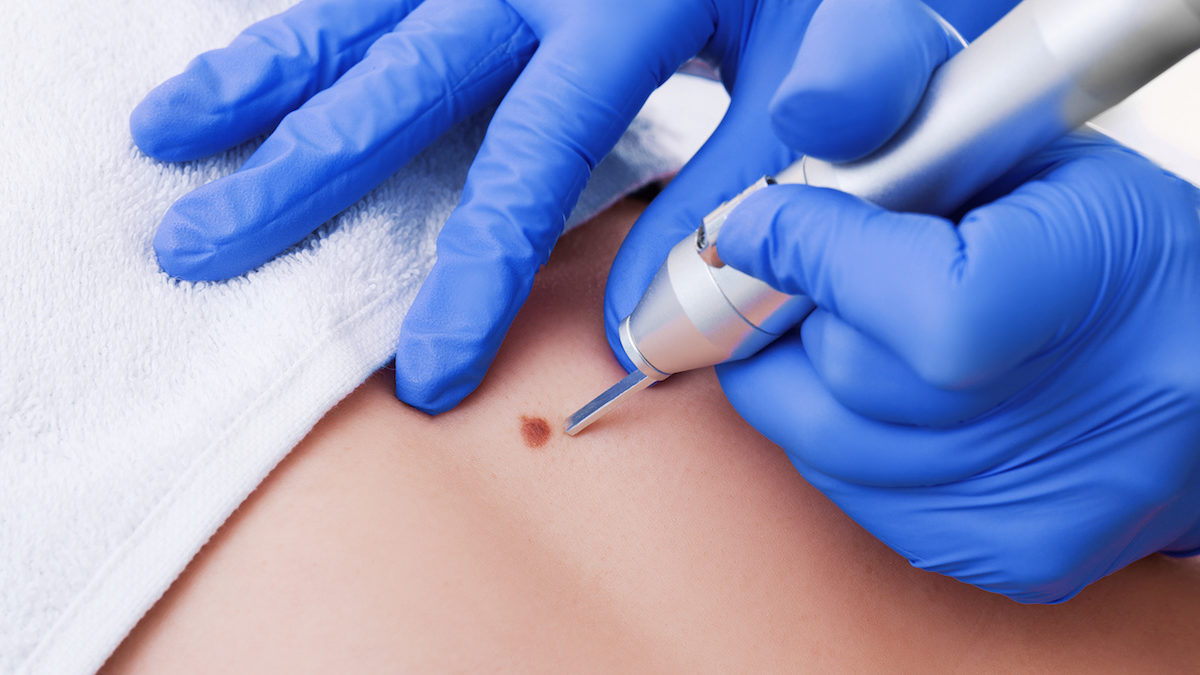
Local cryotherapy in a therapeutic context has also become a popular option and is mainly done through a spraying device.
“Local cryotherapy is specifically designed to be used in the localised cooling of the skin, joints, and muscles around the body,” explains Ensebella. “It brings a high volume and velocity of cooled air (-30 degrees Celsius), providing a very efficient therapeutic thermal shock to the treated area. A recommended, typical session lasts between one to three minutes.”
The benefits are similar to whole body — accelerated muscle recovery, reduction of lactic acid, swelling, and liquid retention — but are more targeted on the specific area you may wish to treat. Localised cryoptherapy also offers the opportunity for your facial skin to benefit through cryofacials which according to Ensebella can, “reverse signs of ageing, promote glowing skin, increase collagen production and can provide treatment for various skin disorders”.
Tips For Your First Session
Mind Over Matter
“Cryotherapy is an uncomfortable yet invigorating experience,” says Ensebella. “During your first session you may be feeling anxious, however, you will quickly realise it’s a case of mind over matter, and before you know it the session will be over.”
Spotify At The Ready
One of the more popular coping mechanisms people use to get through the allotted three minutes is to whack on their favourite songs and start having a boogie. It’s all in the name of occupying the mind, while the movement will help with blood flow.
Keep Breathing
As your body seizes up with the cold, the temptation is to hold your breath as you push through. But remember this is a three-minute slog, so make sure you’re keeping your breath controlled throughout, which will eventually start to help calm you through the process.
Make Sure You’re Body And Clothes Are Fully Dry
If you were working out or training before your session, ensure your whole body is 100 percent dry before you step foot in the cryotherapy chamber as any moisture can contribute to frostbite. This is how, in 2011, American sprinter Justin Gatlin suffered frostbite on his feet right before the World Championships after he had entered a cryo chamber wearing sweaty socks.



